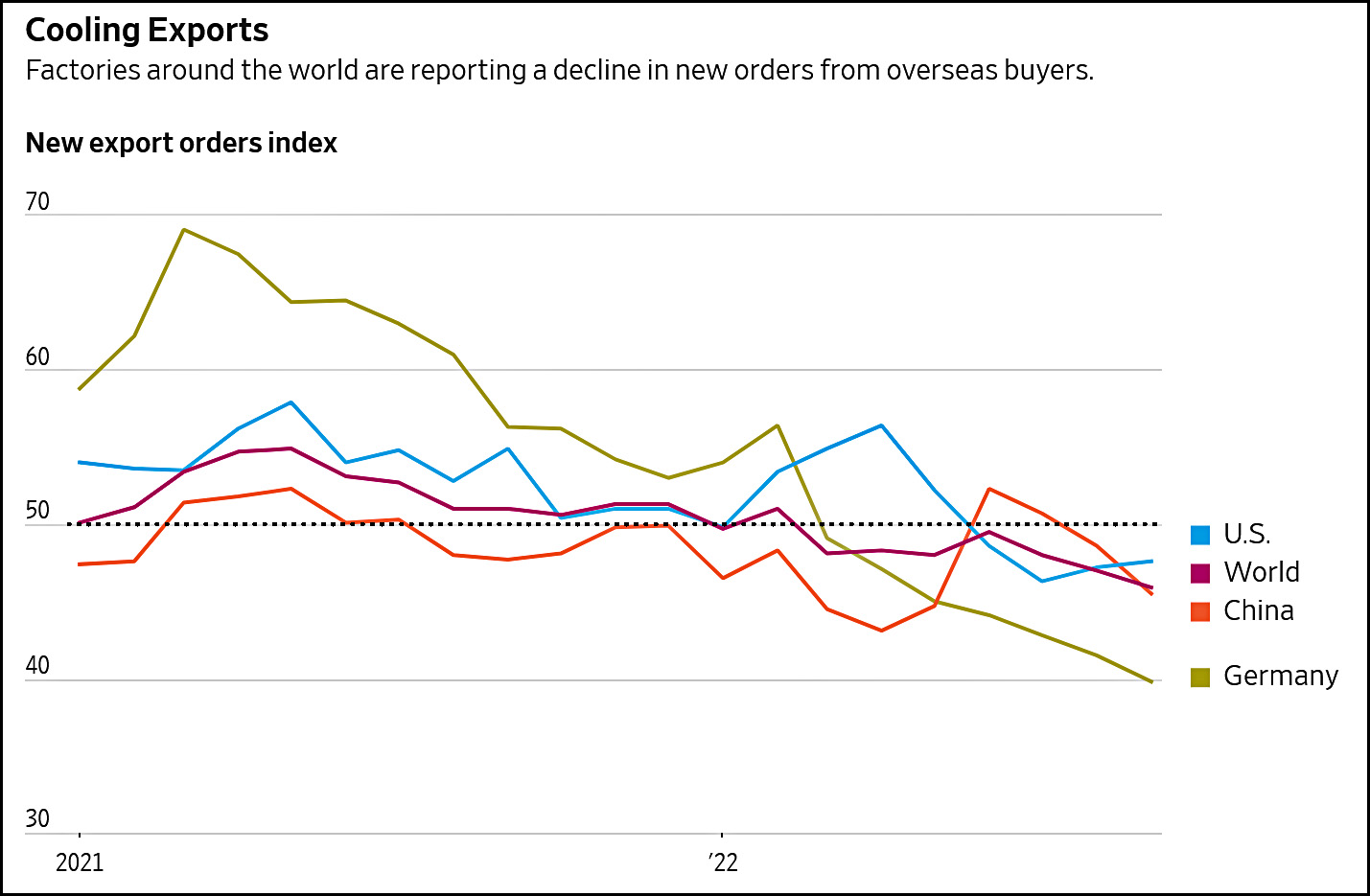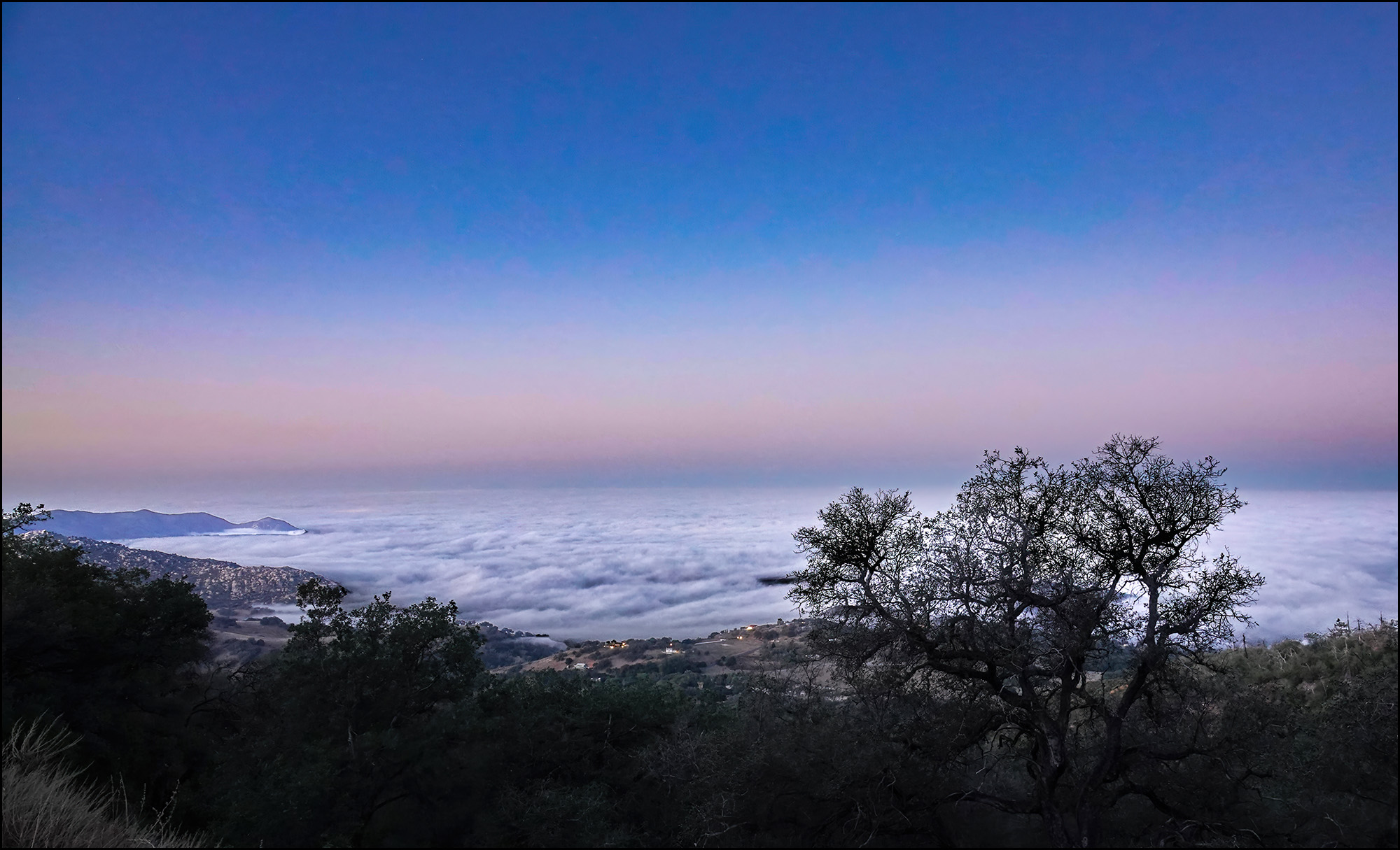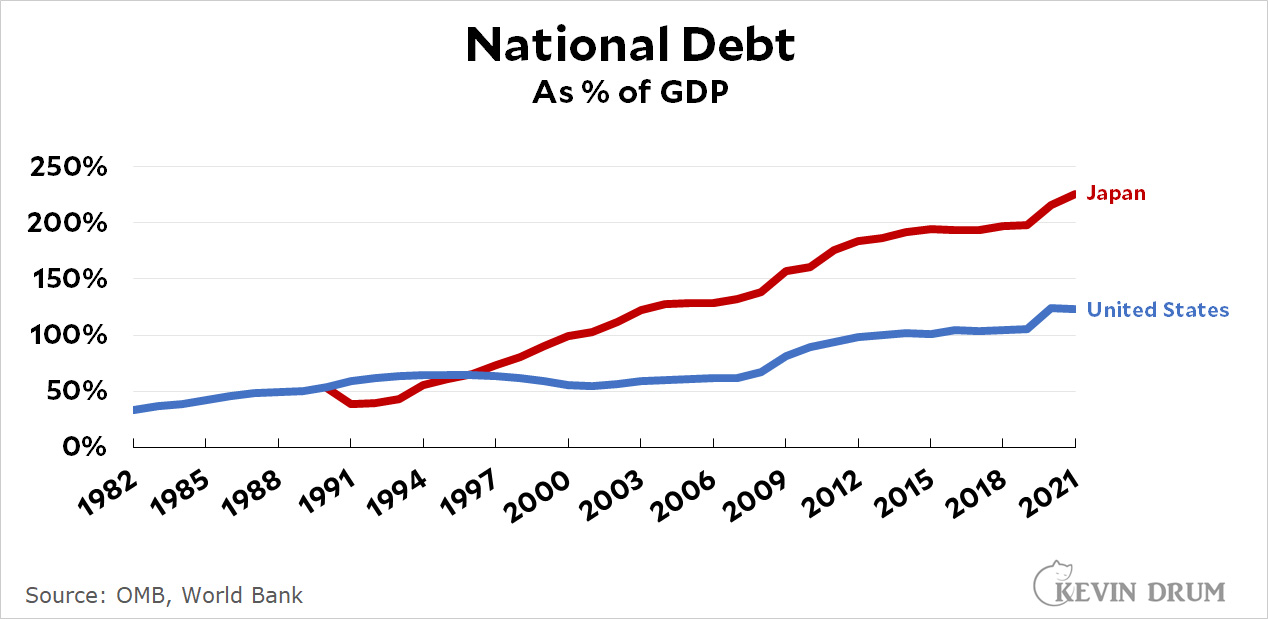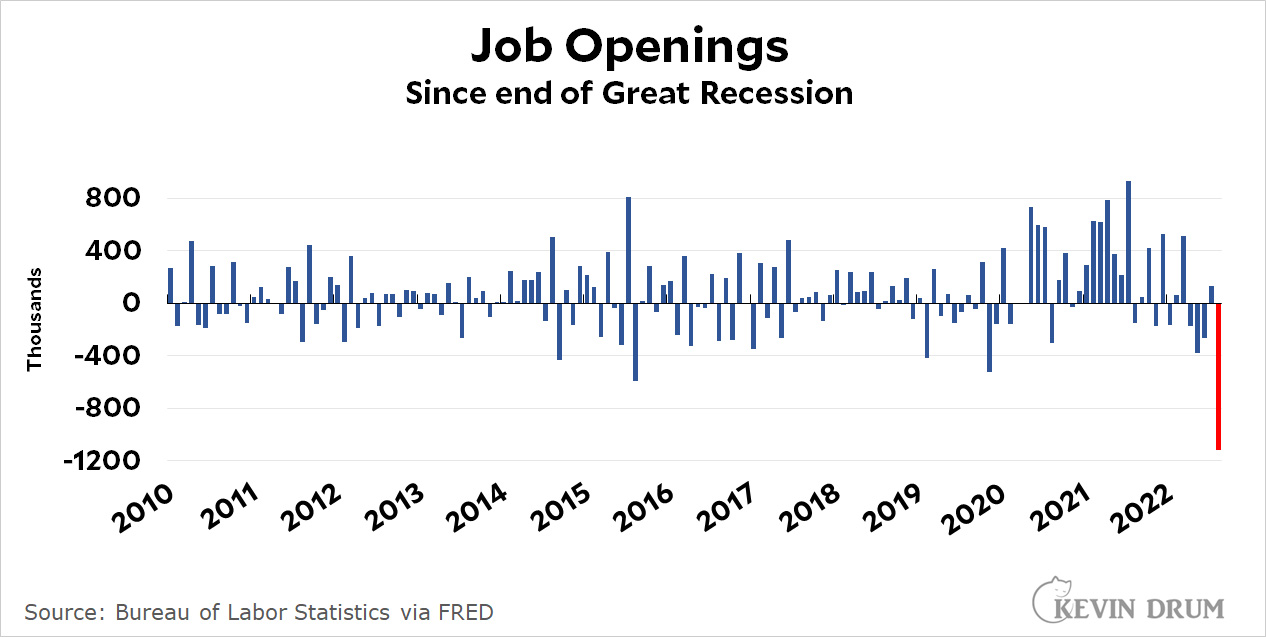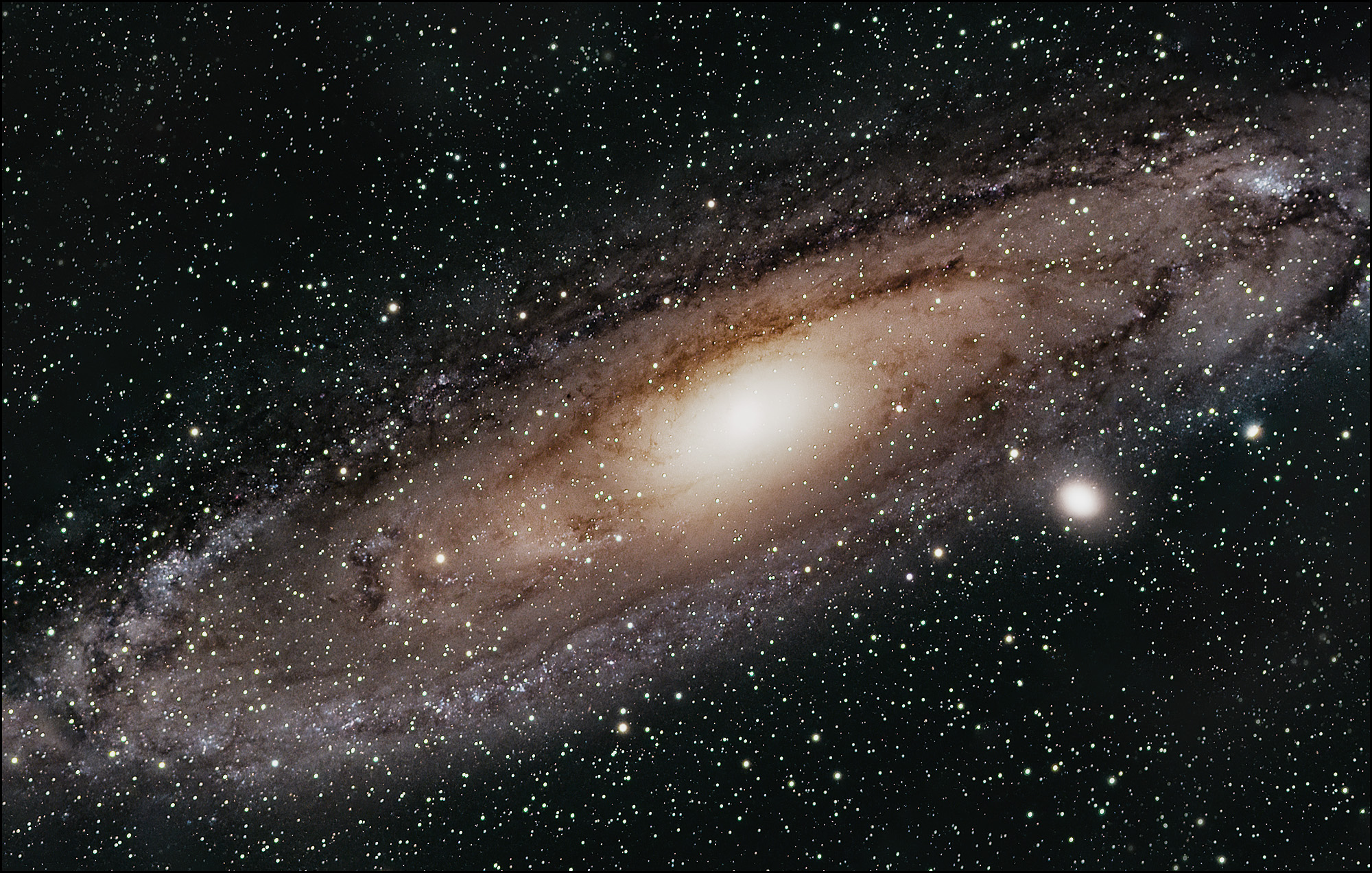Over at Slate, Molly Olmsted writes about the apocalypse. That is, the real apocalypse:
If you peruse the list of recent releases in Christian publishing, you’ll get the sense that “the end times” are upon us. This summer saw the release of survival guides, books about current events, and prayer manuals all oriented around a rapture, a second coming of Christ, or an otherwise cataclysmic event at the hands of God.
According to Publishers Weekly, this spate of end-times books is being printed to meet demand. It’s what the readers want....There’s no denying that the apocalypse is currently having a moment, culturally and politically. It could be driven partly by the pandemic and fears of climate change. Those are actual, frightening apocalyptic scourges. Russia’s war has also set off alarm bells for certain evangelicals, as there was a Cold War tradition of identifying the country, variably, with Gog or Magog.
Back in the mid-80s I had a friend at work who was really into this stuff. When I first met him he was convinced that the Ayatollah Khomeini was the Antichrist. He could reel off all of Khomeini's similarities to the biblical description and he could equally easily reel off all the reasons that the current era (i.e., 1985) matched the biblical prophecies of the apocalypse.
That never really worked out, and by the time of the Gulf War he had changed his mind and decided that Saddam Hussein was the Antichrist. He even wrote a whole book about it that he made me read.
I got a new job shortly after that and mostly lost touch with him. But we still ran into each other occasionally, and the last time I saw him he had switched horses again to Osama bin Laden. There was no book this time, but he had no trouble describing in detail how Osama fit descriptions of the Antichrist and how the events of 2001 fit descriptions of the end times.
Because of this I'm not so convinced that interest in the end times is especially new. As Olmstead acknowledges, The Late Great Planet Earth was published in 1970 and sold 28 million copies, while the Left Behind series was published starting in 1995 and sold 65 million copies. Evangelicals have long loved Israel not because they love Jews, but because they believe its existence is necessary in order for it to be destroyed to fulfill biblical prophecies. Beyond that, millenarianist cults have been common in American history for the past couple of centuries. The fact that their predictions never turn out to be true never stops them. New cults just spring up with different dates for the end of days.¹
Apocalyptic thinking seems to come in waves, but the current wave does seem a little different. In the Left Behind series, for example, the Antichrist turns out to be the Secretary General of the UN. But there's no Antichrist this time around. Apocalyptic thinking instead focuses on the man who's going to fight the Antichrist, our good friend Donald Trump.
Trump might seem an odd candidate for this role, but there you have it. During the first 15 years of the 21st century evangelical Christians became increasingly despondent about their fate. Membership was down; secularism was growing; the old guard evangelical leaders were dead or retired; and liberals seemed to be winning cultural battles all over the place. By the time the Supreme Court legalized same-sex marriage in 2015, they were close to despair.
And then Trump showed up. And he fought. And he told them not to despair, because we could fight the liberals and their wokeism and libertine values. Evangelicals rejoiced at having a new champion, and that's why they love him even though he's hardly a poster boy for family values. Sinners can be forgiven, after all.
It's also why they don't care when liberals point out every new episode of non-Christian behavior on Trump's part. It's small potatoes. When you're fighting the coming of the Antichrist, you need someone tough, not someone perfect. Trump may be a bastard, but he's their bastard.
Unfortunately, this resurgence of end times-ism among conservative Christians has recently been matched by a secular version among many liberals. For them, Donald Trump is the Antichrist and the end times are marked by the overturn of democracy; the horror of climate change; and a string of conservative cultural victories (of which Dobbs is just the beginning). This is one of the things that has made American politics so polarized: to a large extent, both sides are no longer just fighting over politics, but over literal apocalypses that have them scared shitless. It's a big problem.
¹This should come as no surprise. Human history is full of evil and tragedy, and practically any decade you pick has people who are pretty good candidates for Antichrist-hood, along with plenty of terrible events that seem apocalyptic indeed (wars, famine, disease, earthquakes, etc.).



